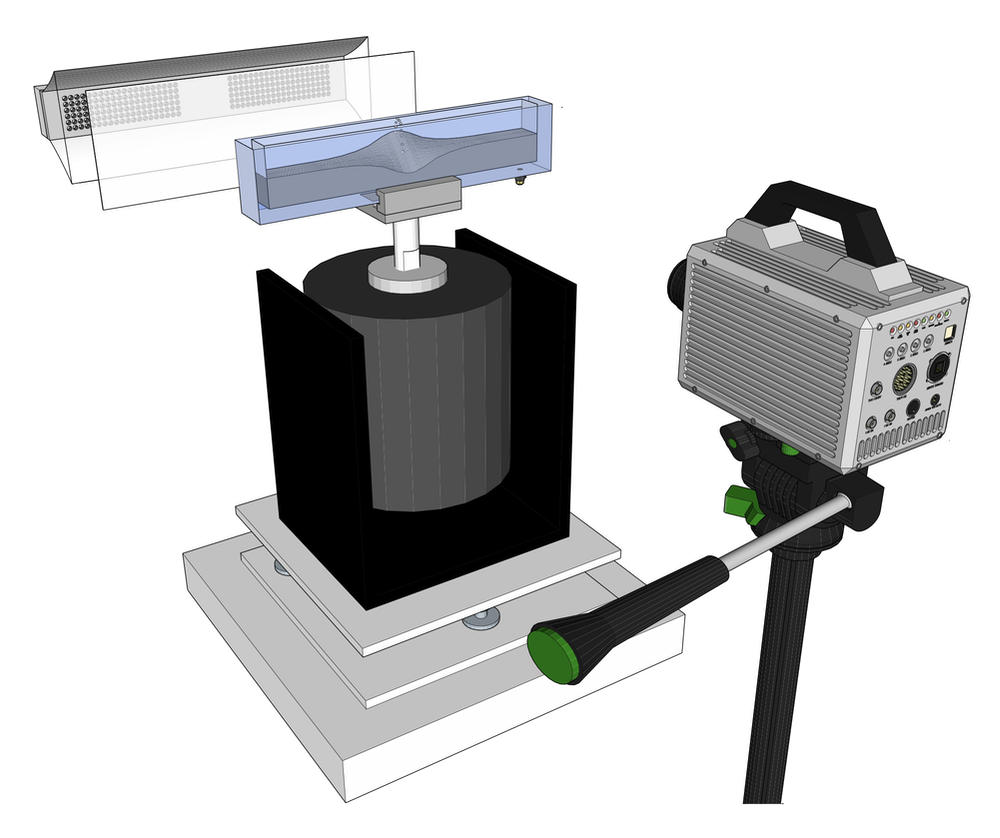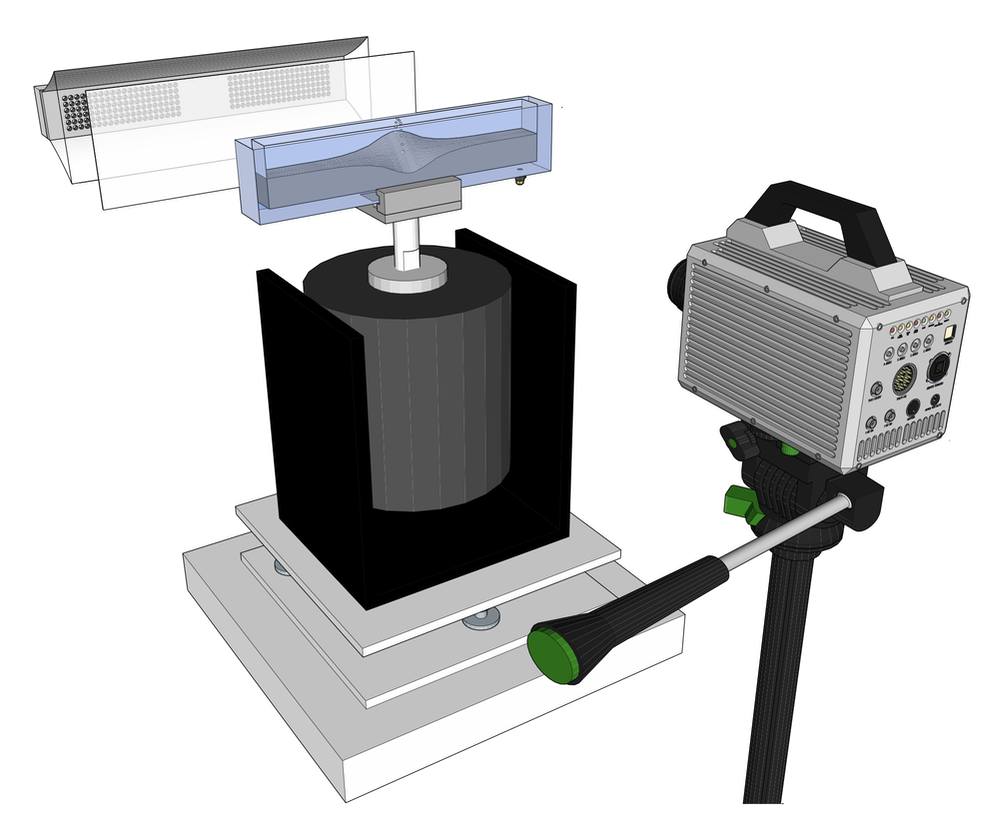Juggling Water Drops
Jugglers normally work with solid objects, but a research team has now demonstrated a system that juggles liquid drops. Researchers have previously shown that liquid drops can bounce in place above the surface of the same liquid—or bounce while moving across the surface—if the container is continuously vibrated (see Video: Stop and Go Droplets and Focus: Surface Waves Store Bouncing Droplet’s History). In these past experiments, the surface was nearly flat, except for waves generated by the bouncing drop. In the new work by undergraduate student Camila Sandivari of the University of Chile and her colleagues, the vibrations cause the liquid surface to form a large standing wave that actively “catches” and “throws” the drop during each cycle of its oscillation. The trapping of the drop is similar in principle to other types of wave traps, such as laser-based optical tweezers, and the system could potentially lead to new types of traps for larger objects.
The researchers placed water mixed with a dye and a surface-tension-reducing agent in a 20-cm-long, 2.6-cm-wide basin that supports an unusual type of surface wave when the basin is vibrated in a specific frequency range. In this wave, rather than a series of oscillating peaks and valleys, there is only a single standing wave peak, called a soliton. However, this peak doesn’t oscillate uniformly across the basin’s short dimension (the width). A peak appears at one of the long walls coincident with a valley at the opposite wall, and then the peak and the valley switch places moments later, keeping a relatively flat “node” line along the central long axis of the basin.
The researchers used a pipette to place a few-millimeter-wide drop of the same fluid just above the oscillating soliton, close to one of the long walls, and found that drops could be juggled for up to 90 minutes. The team attributes this unusual stability in part to a property of the soliton: if the drop wanders off-center, the oscillating surface wave pulls it back toward its center, similar to the way the laser field in optical tweezers is able to stably hold a small particle at its center.
–David Ehrenstein
David Ehrenstein is a Senior Editor for Physics Magazine.
References
- C. Sandivari et al., “Juggling soliton: A new kind of wave-particle entity,” Phys. Rev. Fluids 8, 024401 (2023).





